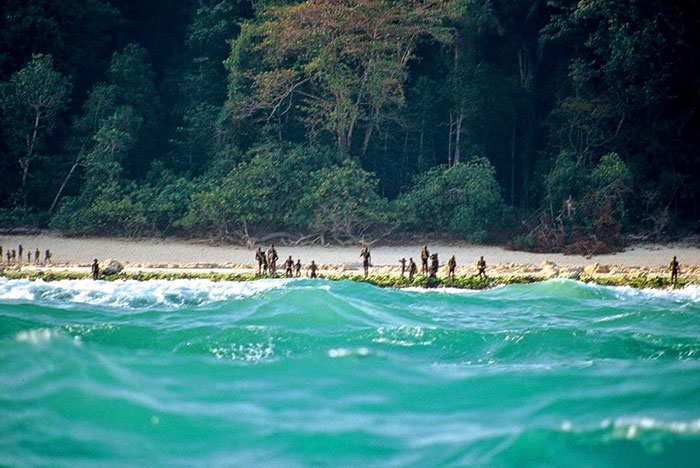
SENTINELESE PROTECTION
WHY IN NEWS?
- Recently, the Anthropological Survey of India (ANSI) policy document warned of threat to the Sentinelese from commercial activity.
- The policy document comes almost two years after American national John Allen Chau was allegedly killed by the Sentinelese on the North Sentinel Island.
KEY POINTS
- ANSI Guidelines:
- Any exploitation of the North Sentinel Island of the Andamans for commercial and strategic gain would be dangerous for its occupants, the Sentinelese.
- The Right of the people to the island is non-negotiable, unassailable and uninfringeable. The prime duty of the state is to protect these rights as eternal and sacrosanct.
- Their island should not be eyed for any commercial or strategic gain.
- The document also calls for building a knowledge bank on the Sentinelese.
- Since ‘on-the-spot study’ is not possible for the tribal community, anthropologists suggest the ‘study of a culture from distance’.
- About the Sentinelese:
- The Sentinelese are a pre-neolithic, negrito tribe who live in North Sentinel Island of the Andamans.
- They are completely isolated with no contact to the outside world. The first time they were contacted by a team of Indian anthropologists in 1991.
- Due to no contact, the census of Sentinelese is taken through photographing the island individuals from distance.
- It has a population of about 50 to 100 on the North Sentinel Island.
- Surveys of North Sentinel Island have not found any evidence of agriculture. Instead, the community seems to be hunter-gatherers, getting food through fishing, hunting, and collecting wild plants living on the island.
- Sentinelese are also listed under Particularly Vulnerable Tribal Groups (PVTGs) by the government of India. The other four PVTGs of the islands are Great Andamanese, Onge, Jarawa, and Shompens.
- They are protected under the Andaman and Nicobar Islands (Protection of Aboriginal Tribes) Regulation, 1956.
- It declares traditional areas occupied by the tribes as reserves, and prohibits entry of all except those with authorization.
